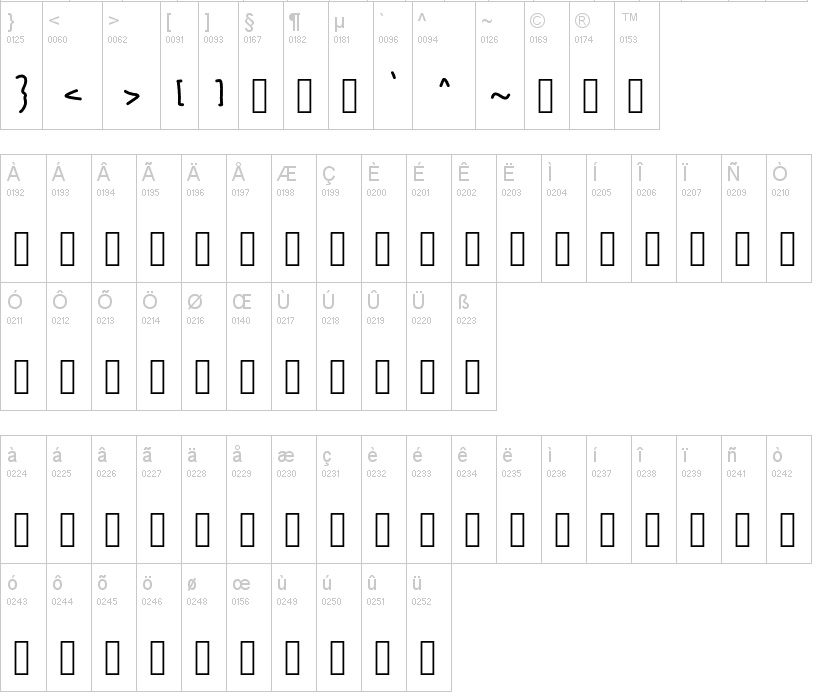Advancing typography for the world without tofu
Tofu is the term given to the little squares that appear when characters can’t be translated. Google is tackling tofu head on with web friendly fonts.
Have you ever received a text or read a web page and wondered why certain web fonts show up as little squares? You know in its place should be a letter, number, character or even emoji, but instead, you are faced with a blank box and left scratching your head on why this would occur.
While it doesn’t happen so much with languages such as English or French, for some users who speak other dialects, their phone or computer is a major obstacle when sending, receiving and translating messages in their preferred language.
It’s tofu, but not as you know it
This minor annoyance is what’s called by web developers “.notdef”, as in “not defined”. For everyday human beings, it’s called “tofu”. For most English-speaking users, this might occur when you are trying to send an Android specific emoji to an iPhone or haven’t updated your software. That’s a best-case scenario. However, for languages that are not supported for Unicode (an association dedicated to software internationalisation standards), it’s a major problem. Even if your language is supported by Unicode, the web font might not be. As fonts can be stylistically different, especially in different languages, a computer platform might struggle to translate, creating a jarring experience for the user.
Google Web Fonts: advancements towards the world with no tofu
Major steps have been taken by Google to ensure web friendly safe fonts are translatable in every language. In late 2016, they announced their partnership with typography and font specialist Monotype to collaborate on a project called The Noto Project. The project aims to eliminate tofu by creating web safe fonts that are translatable across all devices and languages through the creation of their new font family called Noto.
Noto is one of the biggest typography projects of modern times that sets out to tackle major user experience issues. Despite only announcing their partnership in 2016, Google and Monotype have been working on this project for five years and in that time have developed a wide range of language scripts from different parts of the world. In its first release, Noto included 100 writing systems with 100,00 characters for 800 languages. The great news? Google says they will be open source fonts and free for download.
For Bob Jung, director for internationalisation at Google, it’s not only about creating fonts for our devices, it’s also about keeping old languages alive, saying “when it comes to some of these lesser-used languages, or even the purely academic or dead languages, we think it’s really important to preserve them.”
Steve Matteson, the creative director at Monotype, says he designed the fonts to be modern, yet friendly with open counters, soft display and strokes commonly found in 5th-century calligraphy. It was important for his team that they not make the fonts too rigid, as the shapes were unlikely to translate pleasantly into different languages. For example, Tibetan language, which has a natural scrawl, would not have rendered well in typefaces such as Futura, which is made up of circles and straight lines.
The project continues to be a work in progress, with the current free fonts available on the Google Noto Fonts page.
Website design is a large part of what we do here at iFactory. Our team of Brisbane website designers are experienced in creating compelling websites for all users around the globe. Contact iFactory today for all your web design and digital strategy needs.

